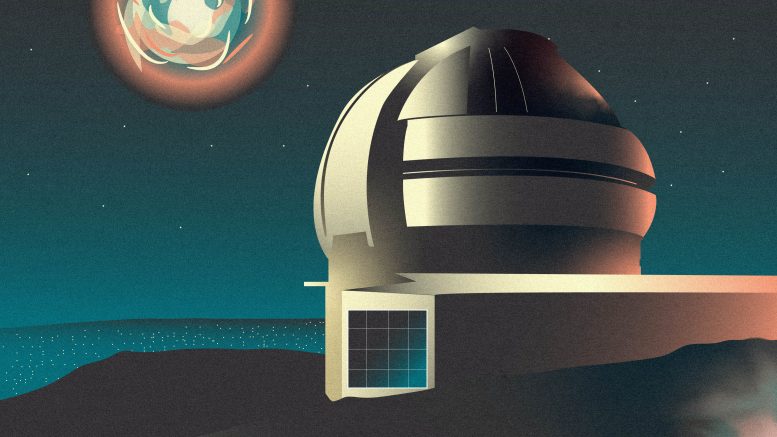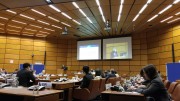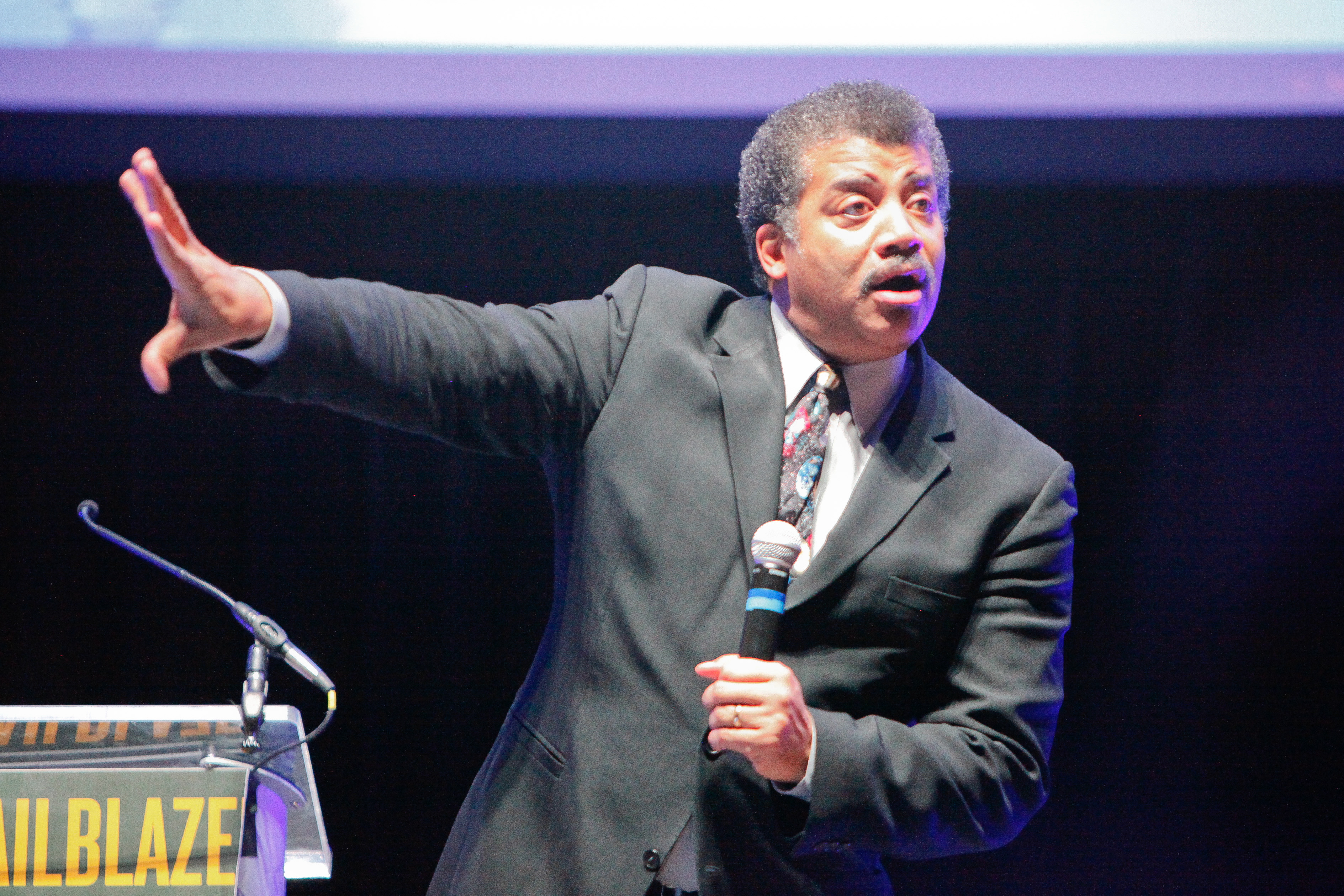Samar Safi-Harb, a professor in the department of physics and astronomy at the University of Manitoba, has been appointed a Tier 1 Canada Research Chair (CRC) in extreme astrophysics. Safi-Harb’s research examines the most extreme celestial bodies, such as supernovas, black holes and colliding neutron stars. She formerly served as Canada Research Chair in supernova remnants astrophysics. While supernovas are indeed extreme objects, so too are black holes and neutron star collisions.
The Canada Research Chair program invests nearly $295 million per year to attract and retain the highest quality researchers in the world. CRCs are some of the world’s leading experts in their fields.
Safi-Harb’s passion for astronomy and physics began in high school and led her to attend the American University of Beirut in Lebanon, pursuing a pre-med physics degree.
“When I started taking physics in high school, I immediately fell in love with the subject,” Safi-Harb said.
“But when it was time to go to university, I guess I also wanted to be a medical doctor […] I wanted to do something down to earth.”
Her career since then has been anything but “down to earth.”
Safi-Harb completed a graduate degree at the University of Wisconsin-Madison, specializing in neutrinos and particle physics, before landing a fellowship at NASA. She completed her post-doctoral fellowship at the Goddard Space Flight Center studying supernova remnants and other high-energy astrophysical phenomena.
Although it was previously assumed all elements were formed exclusively in the supernova explosions of massive stars, recent research indicates heavier elements may be formed as a byproduct of neutron star collisions.
Safi-Harb’s research has tracked this evolution of understanding from supernova remnants to broader extreme astrophysics. She is now studying, among other things, the collisions of neutron stars. Neutron stars are the smallest and densest class of stellar objects currently known. According to Safi-Harb, neutron stars result from the explosions of stars with more than 10 times the mass of the sun.
“To give you an idea of how exotic and how interesting those objects are, a neutron star has the size of a city like Winnipeg — so this is considered really compact for a star —but they are more massive than the sun,” Safi-Harb said.
“So just imagine squeezing something […] [millions of] kilometres, into 10 kilometres.”
These collisions cannot be observed optically through a telescope. Instead, they create gravitational waves in spacetime which can be observed as X-rays. This has led to the discovery of heavy elements like gold and platinum left over from the collisions.
Safi-Harb’s research analyzes phenomena like the gravitational wave discovered on Aug. 17, 2017, aptly named GW (gravitational wave) 170817. Her research asks if supernovas and neutron star collisions both produce these heavy elements, whether one is more dominant in creating them than the other and how this shapes our understanding of the origin of the elements that make up life on earth.
Beyond research, Safi-Harb wants to use her new position to contribute to the training of students.
“I want to use this Tier 1 CRC to inspire the next generation, just like I was inspired by physics when I was in high school,” Safi-Harb said.
“I want to make sure that this is accessible to people in Manitoba in particular.”
Safi-Harb’s goal as a Tier 1 CRC is to contribute to the training of highly qualified personnel in Manitoba. Many children grow up dreaming of being an astronaut or working for NASA or the Canadian Space Agency (CSA). For children in Manitoba, far away Cape Canaveral or the CSA headquarters, there is no clear path to realizing these goals. Safi-Harb wants to encourage students to pursue that dream.
Moreover, Safi-Harb wants to encourage women and underrepresented groups, including Indigenous peoples, to join the fields of physics and astronomy. Science, technology, engineering and mathematics tend to be dominated by men and she would like to help support women thrive in thesefields as well.
“I’m very passionate about these issues — equity, diversity and inclusion — especially given my own background, but also my own experiences in the field.”





